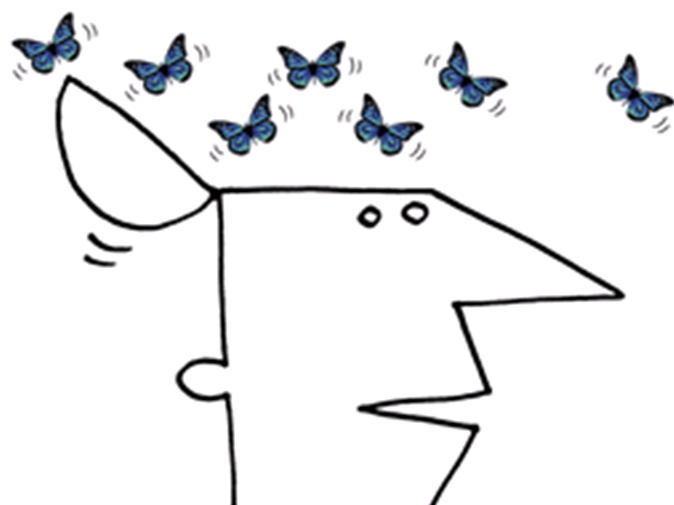Martin Shovel of CreativityWorks looks at why trainers should aspire to be less-than-perfect if they aim to be the best.
Brains can be shy, emotional creatures when it comes to learning. If they don't feel secure, they'll stay curled up inside the safety of their skulls, spurning the advances of the outside world. Successful learning is not just about managing information or knowledge, it's also about dealing with feelings – our feelings and the feelings of those we work with in the training room, lecture theatre or classroom.
Openness to learning is about sharing vulnerability. Some people feel almost naked when they go into an unfamiliar learning situation and are often convinced that they are the only ones in the group protecting their dignity with little more than a fig leaf. An all-knowing, flawless trainer, or teacher, might just be the opposite of what the diffident learner needs.
This is because one of the important ways in which we learn from others is through imitating, or modelling, what they do. How many times have you watched someone doing something and thought, I could do that? Such a mindset doesn't guarantee success, but it's an important step in the right direction. This kind of creative imagining lies at the heart of the learning state of mind.
People who come to our workshops on learning to use cartoon drawing as a tool for thinking and communication tend to be preoccupied with the quality of the cartoons they draw. Ironically, in doing this they overlook the real benefits of using cartoons in learning. Cartoons actually work best in a learning, or presenting, context when they aren't perfect.
If you stand in front of a group of people and start drawing professional-looking cartoons on a flipchart, you increase the distance between yourself and them. People who feel vulnerable are likely to react by withdrawing further into their shells. On the other hand, if you draw something amateurish but adequate, it will have the opposite effect on them.
Your willingness to give something of yourself and show your vulnerability by sharing your less-than-perfect cartoons will help you foster a learning environment in which people feel safe enough to make mistakes and reveal their own vulnerabilities.
In doing so, you'll be 'walking the walk' not just 'talking the talk'. A cartoon drawn live is the opposite of clipart. Using clipart in a workshop or presentation is about as intimate and personal as serving up a supermarket ready-meal at a dinner party.
The power of cartoons is rarely, if ever, dependent on the draughtsmanship of the cartoonist. This will become apparent if you leaf through an anthology of cartoons like those produced by the New Yorker magazine or Private Eye. The first thing that strikes you is the incredible range of drawing styles – from realistic at one end of the spectrum to childlike at the other.
It's the thinking behind cartoons that engages us, not just the way they're drawn. A well-drawn cartoon can leave us cold because it lacks wit and clarity, just as a crudely drawn cartoon can delight us because of the ideas it conveys.
The style of individual cartoons is as recognisable and immediate as a signature on a personal cheque. And it's this highly personal quality of a cartoon drawing that helps us create a feeling of intimacy between ourselves and other people – an intimacy that can encourage shy, retiring brains to take a chance and venture out into the unknown.
Martin Shovel is co-director of CreativityWorks, a learning consultancy that transforms people into more effective thinkers and communicators by developing their visual thinking abilities. Find out more by visiting www.creativityworks.net
Other articles by this author:
- Less Is More
- Drawing Sensation!
- Free Thinking: No Laughing Matter
- Free Thinking: Drawing People In
- The Way I See It … Feel the Fear and Draw it Anyway









